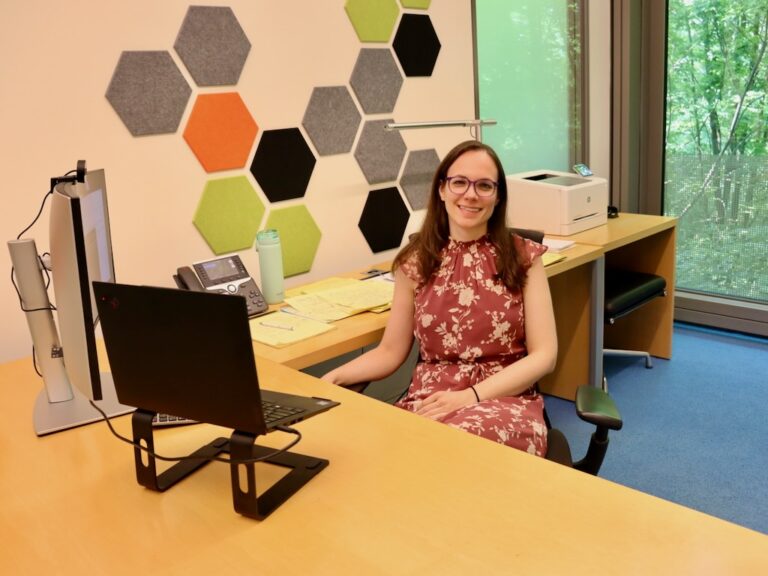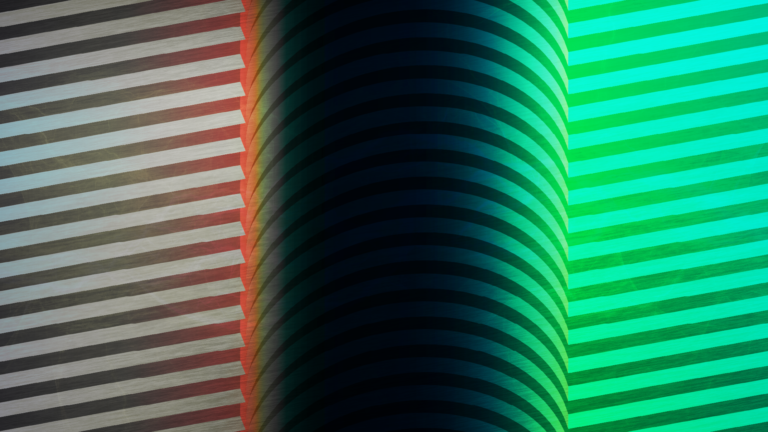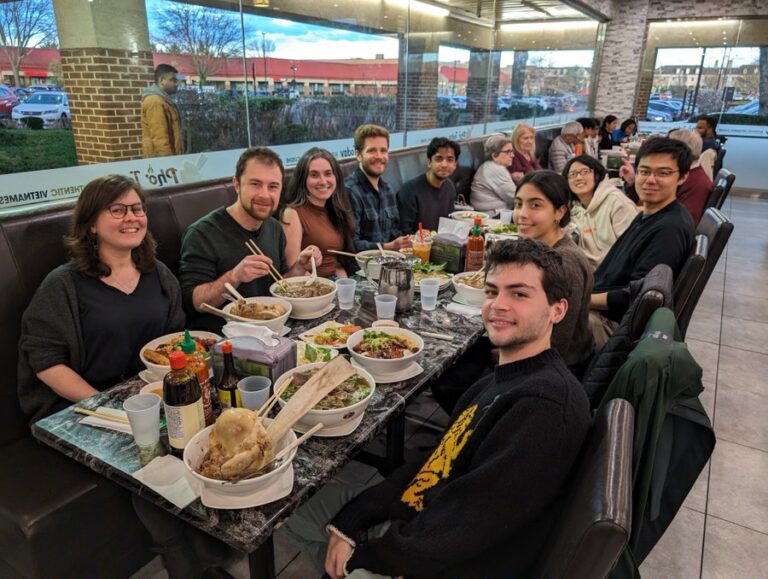

Alice Kunin
Contact:
Alice Kunin,
Assistant Professor of Chemistry
[email protected]
Frick Laboratory, 288
609-258-7607
Faculty Assistant:
Julia Wlodarczyk-Mingozzi
[email protected]
Frick Laboratory, 389
(609) 258-3674
Research Focus
The Kunin Lab uses ultrafast spectroscopy to resolve fundamental light-induced processes in condensed phase systems. Our goal is to understand how electron, hole, and quasiparticle dynamics at surfaces and interfaces evolve on femtosecond (10-15 s) to picosecond (10-12 s) timescales. These key relaxation mechanisms and reaction pathways underlie the efficiency of optoelectronic devices and photochemical reactions that are central for renewable energy applications. Systems we are particularly interested in studying include exciton dynamics in novel heterostructures of two-dimensional quantum materials, charge-transfer processes at organic-inorganic interfaces, and photochemistry of heterogeneous photocatalytic reactions on surfaces.
The broad-reaching applications of these photoinduced processes in novel materials include the development of synthetically tunable and atomically-thin electronics, next-generation photovoltaics and solar cells, and environmental surface science and quantum information applications. However, the gaps in our current understanding of the fundamental electronic behavior in many promising photocatalytic and photovoltaic systems restricts our ability to precisely control the chemical phenomena that govern these devices. To address the current challenges in experimentally observing these light-matter interactions with sufficient detail, our group develops and applies new, advanced spectroscopic techniques to image the ultrafast dynamics of photoexcited charge carriers at complex surfaces and interfaces.
Our technical approach is based on pump-probe spectroscopy, where a ‘pump’ excitation pulse is used to prepare an optically excited state of interest, and then a time-delayed ‘probe’ pulse is used to map out the evolving ultrafast chemical dynamics. We start with homebuilt, high power frequency comb lasers and employ a variety of nonlinear optical methods to generate the laser light needed to initiate and follow the excited state dynamics, including high harmonic generation to produce extreme ultraviolet (XUV) pulses.
To probe solid-state systems like quantum materials, thin films, and reactions at solid surfaces, we use a new technique for time-and-angle-resolved photoemission spectroscopy (tr-ARPES) called ‘momentum microscopy’, which allows for the measurement of time- and spin-resolved dynamics in materials with a direct view in crystal momentum space. The Fourier relationship between momentum space and real space can also be exploited for photoemission orbital tomography, giving access to the character of frontier orbitals that are involved in relaxation or charge-transfer pathways. Students joining the lab will be actively involved in designing and building custom ultrafast fiber-based lasers and ultra-high vacuum spectroscopic instrumentation.
Honors
DOD National Defense Science and Engineering Graduate Fellow, 2015 – 2018
Chemical Society of Washington (ACS) College Chemistry Achievement Award, 2014
Selected Publications
Bakalis, J.; Chernov, S.; Li, Z.; Kunin, A.; Withers, Z. H.; Cheng, S.; Adler, A.; Zhao, P.; Corder, C.; White, M. G.; Schönhense, G.; Du, X.; Kawakami, R. K.; Allison, T. K. “Momentum-space Observation of Optically Excited Non-Thermal Electrons in Graphene with Persistent Pseudospin Polarization”. Nano Letters 2024, 24, 30, 9353-9359.
A. Kunin, S. Chernov, J. Bakalis, Z. Li, S. Cheng, Z. H. Withers, M. G. White, G. Schönhense, X. Du, R. K. Kawakami, T. K. Allison. Momentum-Resolved Exciton Coupling and Valley Polarization Dynamics in Monolayer WS2. Phys. Rev. Lett. 4, 046202 (2023). DOE Office of Science Highlight
Related News

Alice Kunin named a Beckman Young Investigator

Kunin investigates new generation of semiconductors on PPPL-led project

